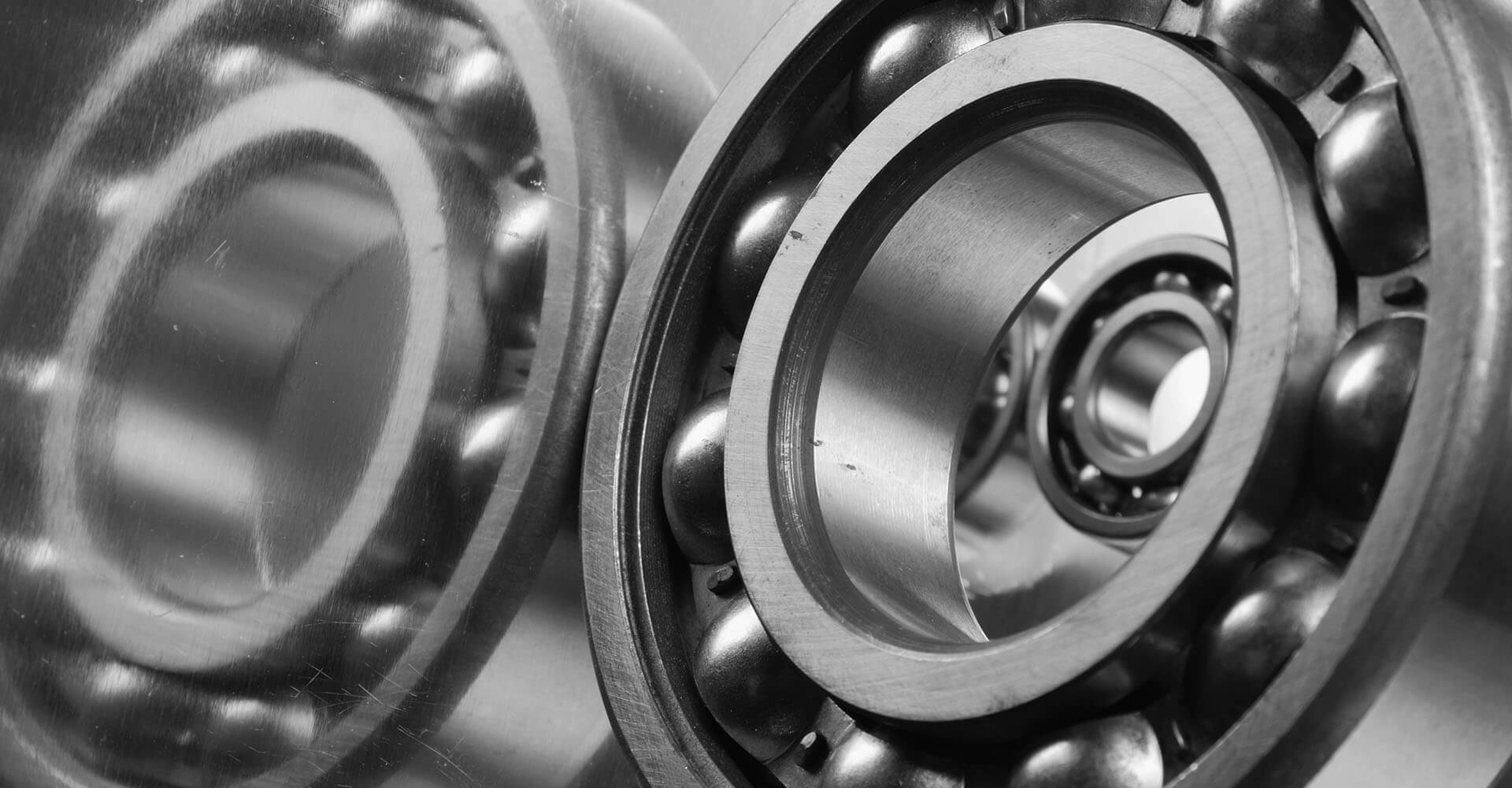
Monitoring and Measuring Bearing Vibrations
Bearings are an integral part of many industrial machines and equipment. Their task is to ensure smooth operation and minimal friction in rotating components such as shafts and rotors.
However, over time and with use, bearings can become worn and damaged, which can lead to machine failures and significant repair costs. Therefore, monitoring the condition of bearings is key to ensuring their reliability and extending the life of machines. One of the most important tools in bearing diagnostics is vibration measurement.
Why monitor bearing vibration?
Vibration in bearings can be an early sign of problems or wear. Measuring vibration allows you to:
- Detecting failures at an early stage: Vibrations can be caused by loose components, internal damage or lubrication failure. Early detection of these problems allows them to be repaired before they cause serious damage.
- Maintenance planning: Vibration monitoring allows you to develop a maintenance plan based on the actual condition of the bearings. This helps avoid the need for emergency repairs and keeps machines in optimal condition.
- Cost reduction: Repairing bearings at an early stage of a problem is much cheaper than replacing damaged parts or repairing major machine failures.
Measurement of bearing vibrations in 5 steps
Measurements of vibrations in bearings are made using special sensors and devices. Here are the steps in the measurement process:
- Mounting sensors or measuring with a vibration meter: Vibration sensors, also called vibration transducers, are mounted on the bearing housing or on adjacent parts of the machine. They can be accelerometers or vibration sensors with 4-20 mA output.
- Vibration measurement: The sensors record the vibrations generated by the rotating bearing. This data is transmitted to a monitoring device.
- Data analysis: Sensor data is analyzed to determine the nature of the vibration, its frequency, amplitude and other parameters. This allows identification of possible problems.
- Diagnostics: Analysis results are compared with reference data or industry standards. Detection of deviations from the norm indicates a bearing malfunction or other problem.
- Alarm generation: Vibration monitoring systems can generate alarms when abnormalities are detected, allowing machine operating personnel to respond quickly.
Summary
Bearing vibration measurements are an important part of machine diagnostics. They allow early detection of problems, maintenance planning and cost reduction. Monitoring keeps machines reliable and efficient, which translates into production efficiency. Therefore, investing in a vibration monitoring system is a key decision for any company that operates industrial machinery.
Learn more about Rolling Bearing Damage
